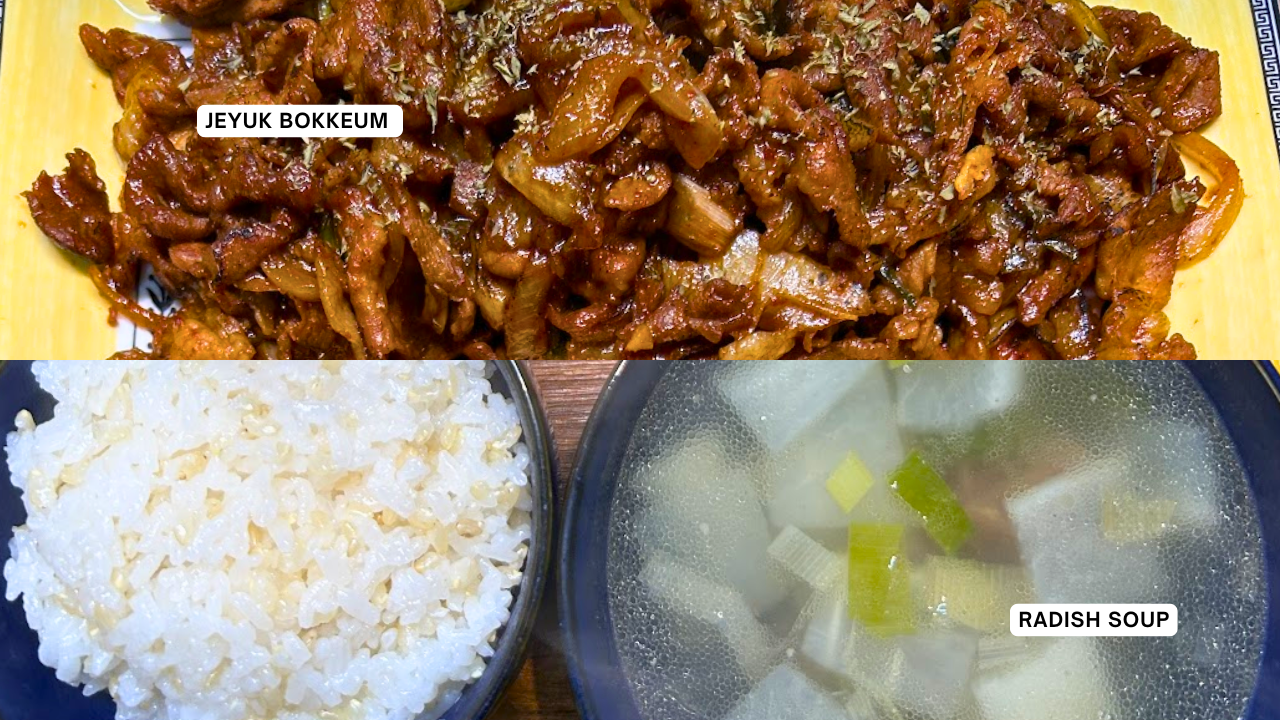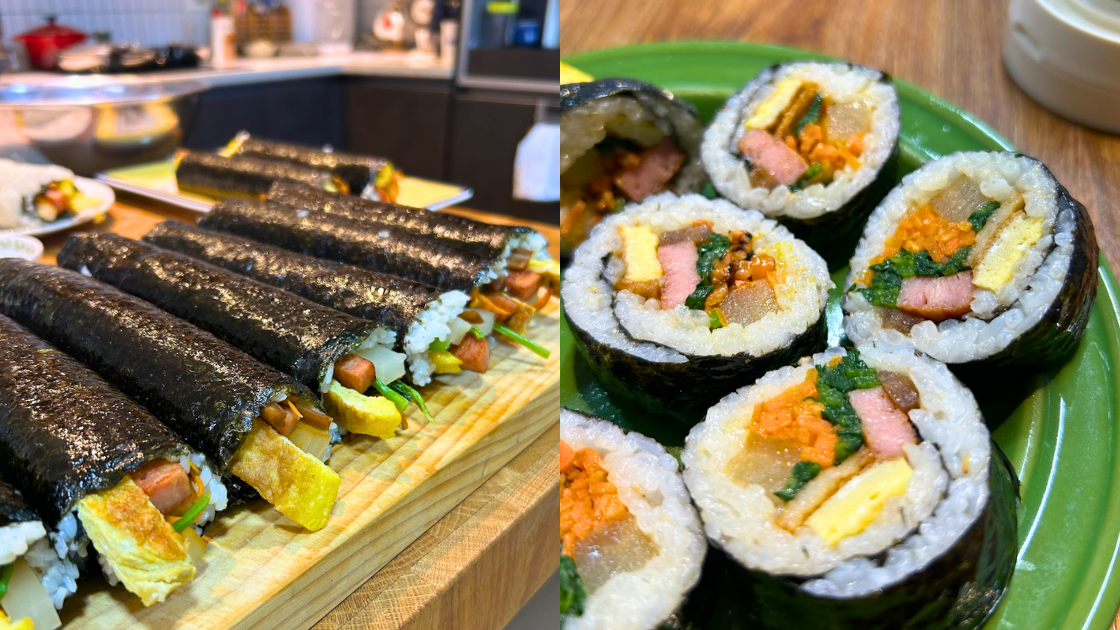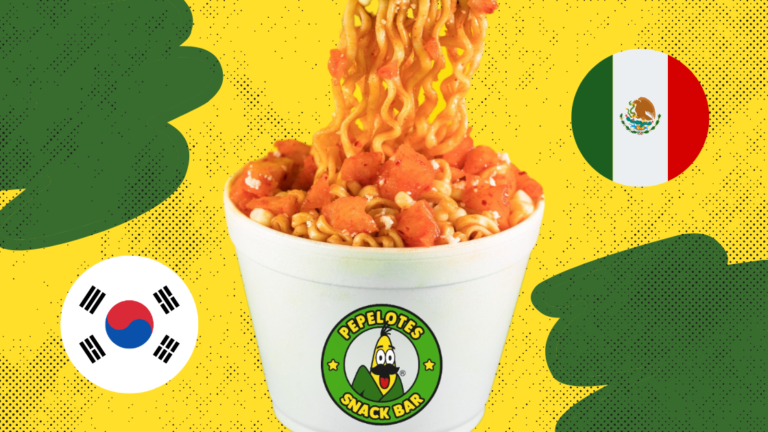One of the most heartwarming aspects of my time in Korea was the opportunity to experience authentic Korean home cooking, thanks to my dear friend and her wonderful family. When I first arrived in Korea, they welcomed me into their home with open arms, offering not only a comfortable space to stay but also a chance to immerse myself in the rich flavors of Korean cuisine. Their hospitality went far beyond what I could have expected, and I felt incredibly fortunate to be part of their family, even if only for a brief time.
Korean cuisine has always fascinated me, but experiencing it firsthand in a Korean home was something entirely different. Throughout my stay, I was treated to some unforgettable meals that showcased the deep cultural heritage of Korean home-cooked dishes. Korean food is deeply intertwined with family and tradition, and these meals were more than just food—they were stories of culture, history, and love, passed down from one generation to the next.
On my first visit, my friend’s mom prepared a feast that truly left a lasting impression on me. The table was filled with delicious dishes, each one more delicious than the last. Among them were japchae (stir-fried glass noodles with vegetables), tender beef ribs, kimchi hotteok (savory Korean pancakes), and a variety of banchan (side dishes). The meal was so thoughtfully prepared that it felt like each dish was carefully crafted with the intention of making me feel welcome.
What made the meal even more special was the warmth and hospitality of my friend’s family. They wanted me to take a positive image of Korea, and they hoped to share a part of the country’s culture with me through their food. This gesture of kindness meant so much to me, and it gave me a deeper appreciation for the significance of food in Korean culture. It wasn’t just about nourishment—it was a means of connecting with others and showing love.
As my time in Korea continued, I returned to their house for another memorable experience, this time during my last week in the country. The meals were just as extraordinary, with dishes like Jeyuk Bokkeum (spicy stir-fried pork), Kimchi Bokkeumbap (kimchi fried rice), and a variety of Kimbaps (Korean rice rolls).
What made these kimbaps even more special was that my friend’s mom had personalized them, replacing the usual 단무지 (pickled radish) with 묵은지 (aged kimchi), and changing the way the seaweed was rolled. These creative twists were a perfect example of how Korean cuisine can evolve while maintaining its traditional essence. The use of 묵은지 added a new layer of flavor to the kimbap, making them more savory and intense, and it was such a thoughtful way to give the dish a personal touch. This kind of creativity is what makes Korean food so unique—there is room for innovation while still respecting tradition.
One of the most thoughtful meals my friend’s mom made for me during my stay was a warm bowl of radish soup (무국), especially because I had been feeling a bit under the weather. The comforting dish warmed me up, and its delicate yet flavorful broth was exactly what I needed. Interestingly, the flavor of the soup reminded me of a similar Mexican dish my mom makes when I get sick. It was a small but special connection that brought a piece of home into the warmth of my friend’s kitchen, blending the comforting traditions of both Korea and Mexico.

I am especially grateful to my friend’s family for introducing me to 묵은지, which I had never tasted before. This aged kimchi, made by my friend’s grandmother, was unlike any kimchi I had ever tried. The deep, rich flavor of the fermented vegetables was unlike the fresher, tangier kimchi I was used to. It had a complexity and depth that only came from years of fermentation, and it was truly special to be able to experience such a personal and traditional family recipe. The fact that it was made by my friend’s grandmother made it all more meaningful—it felt like a direct connection to her family’s history and the care they put into their food.
Alongside the meals, my friend’s family always offered boricha (barley tea) to drink—which I wrote about here. This simple yet comforting tea became a staple during our meals, and I quickly grew fond of it. I had never experienced boricha before, but after they introduced me to it, I couldn’t imagine enjoying a meal without it. The simplicity of the tea complemented the flavors of the dishes perfectly. From that moment on, I began drinking boricha with every meal, as it reminded me of my time with my friend’s family and the feeling of being truly at home.
Each dish I had at my friend’s house was a reminder of the warmth and hospitality that’s so deeply embedded in Korean culture. From the first meal to the last, I felt a genuine connection to the heart of Korean home cooking—a bond that will stay with me long after I’ve left Korea.
I am deeply grateful to my friend’s family for their kindness and hospitality, which went far beyond the food they so generously shared with me. They made me feel like part of their family, and through their generosity, I gained a deeper appreciation for Korea’s culture and the warmth of its people. These meals were not just food—they were a reflection of their love and care, and I will cherish these memories and flavors as a lasting reminder of my incredible experience in Korea.





